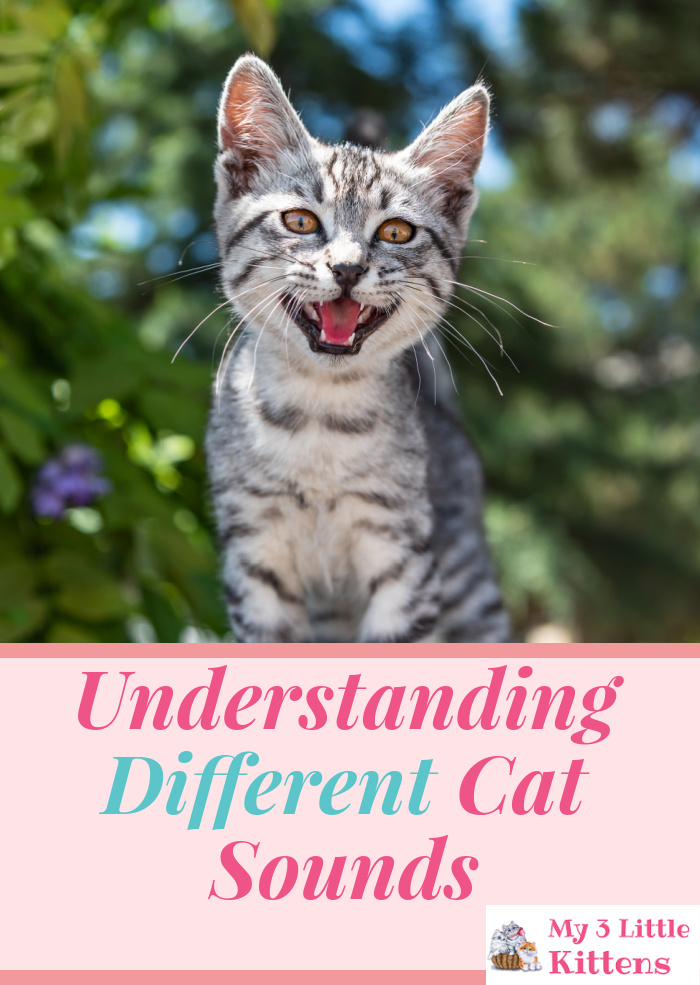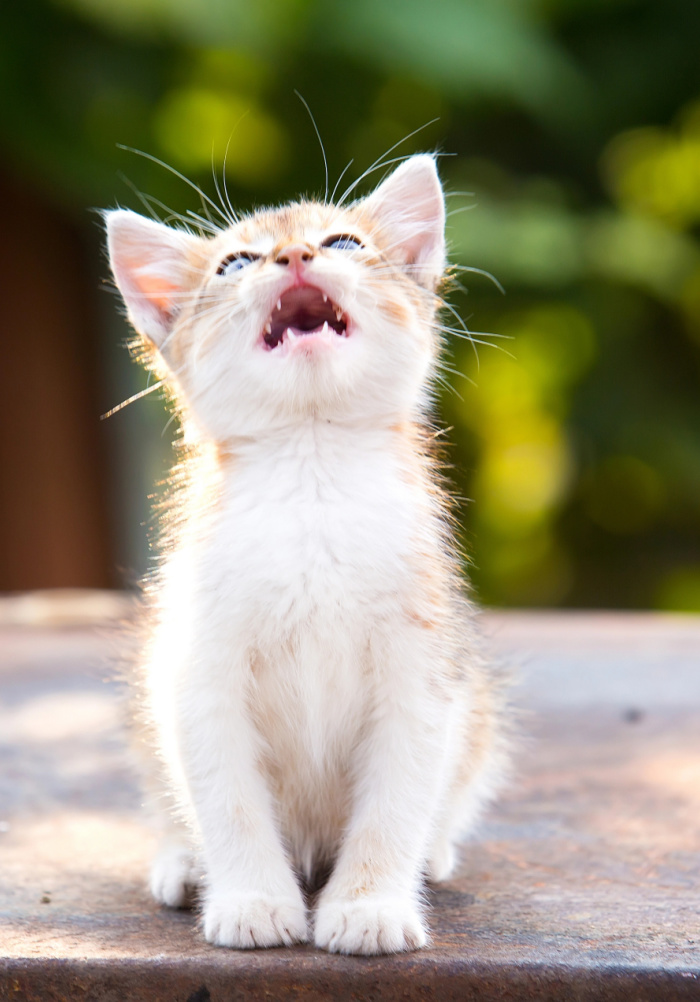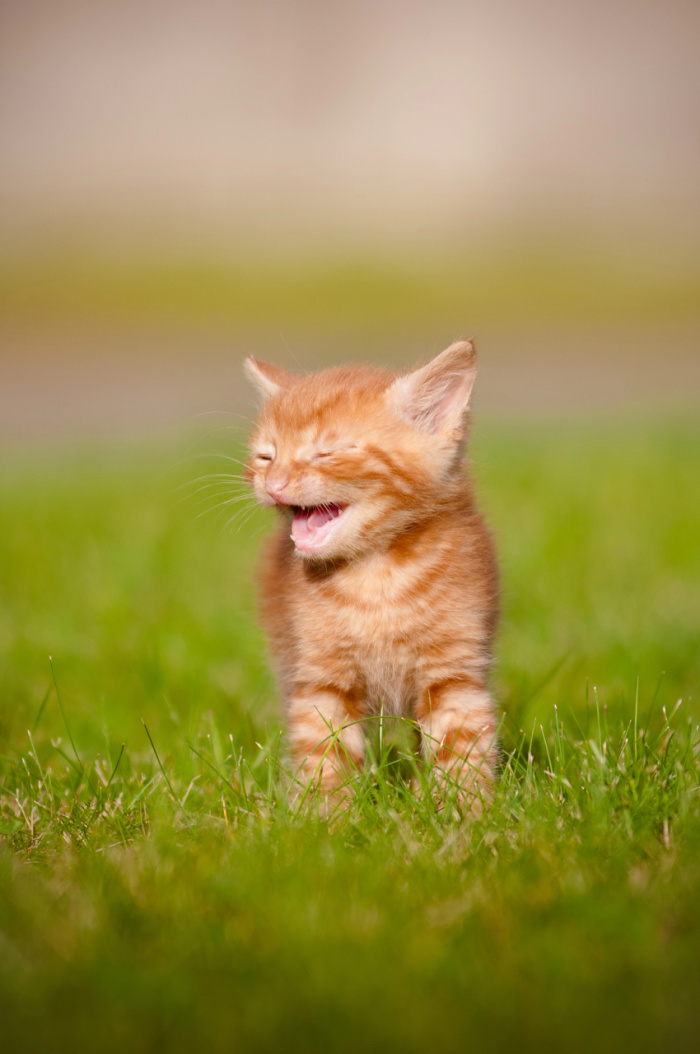Cats are known for their mysterious and often quirky behaviors, but one of the most fascinating aspects of our feline friends is their ability to communicate through sound.
While you might be familiar with the classic “meow,” there’s a whole symphony of sounds that cats use to express their feelings, needs, and intentions. Let’s dive into understanding different cat sounds and what they might mean.

Understanding Different Cat Sounds
1. The Classic Meow
The meow is perhaps the most recognizable cat sound, and it comes in various pitches and lengths. Interestingly, adult cats typically use this sound primarily to communicate with humans rather than with other cats.
A short, high-pitched meow might indicate excitement or a request for attention, while a deeper, longer meow could express annoyance or a demand for food.

2. Purring: The Sound of Contentment
Purring is often associated with a happy, relaxed cat. While it’s usually a sign of contentment, cats can also purr when they’re in pain or stressed as a self-soothing mechanism.
So, if your cat is purring while curled up in your lap, it’s likely they’re happy. But if they’re also showing signs of distress, it’s a good idea to check in on them.

3. Hissing and Growling: Warning Signs
When a cat hisses or growls, it’s usually a clear sign that they feel threatened or scared. This sound is their way of saying “back off.”
If you hear your cat hissing at another animal or person, it’s best to give them space. These sounds can also accompany defensive body language, such as an arched back or flattened ears.

4. Chattering: The Hunter’s Call
You might hear your cat make a chattering or chirping sound when they spot a bird or a squirrel outside. This unique sound is thought to mimic the calls of birds and may indicate excitement or frustration.
Some theories suggest it’s a way for cats to practice their hunting skills, but it remains one of the more puzzling cat behaviors.

5. Trilling: The Friendly Greeting
Trilling is a sound that falls between a meow and a purr. It’s often used as a friendly greeting or to get your attention. If your cat greets you with a trill when you come home, it’s their way of saying “hello!”
This sound can also indicate affection and is common among mother cats and their kittens.

6. Yowling: The Call of the Wild
Yowling is a loud, prolonged sound that can be alarming. It’s often associated with mating behavior in unspayed or unneutered cats, but it can also signify distress or discomfort.
If your cat is yowling frequently, it may be worth a trip to the vet to rule out any health issues.

7. Meow Variations: Personal Preferences
Just like humans have unique voices, each cat has its own distinct way of meowing. Some cats are more vocal than others, and the context can change the meaning behind their sounds.
Paying attention to your cat’s meows in different situations can help you better understand their needs and feelings.

Understanding the sounds your cat makes can significantly enhance your bond with them. By paying attention to their vocalizations and the accompanying body language, you can respond more effectively to their needs.
Whether they’re meowing for dinner or purring in contentment, every sound tells a story about your feline friend. So, the next time your cat starts to “talk,” take a moment to listen—there’s a whole world of communication waiting to be uncovered!
Leave a Reply